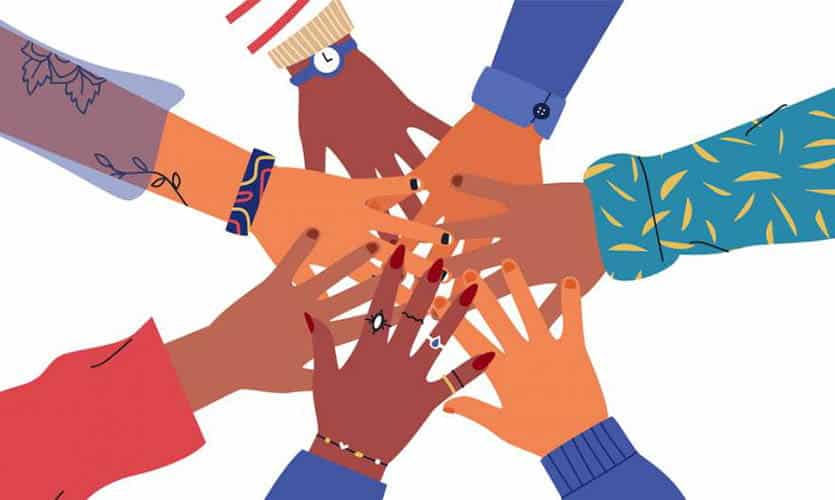As we enter National Inclusion Week in the UK, it’s an ideal time for organisations to reflect on their efforts to create inclusive workplaces. The annual event, which runs from 25 September to 1 October, champions inclusion, celebrating diversity in all its forms. But how can talent acquisition (TA), HR, and People leaders truly make this a year-round priority?
Creating a culture of inclusion starts with intentional actions and meaningful strategies that allow everyone to thrive. This is more than simply hiring diversely – but fostering an environment where all employees feel they belong, their voices are heard, and they are given equal opportunities for growth.
Carina Cortez, Chief People Officer at Cornerstone, shares four key areas where organisations can enhance their inclusivity efforts:
Stand up employee resource groups
Employee resource groups (ERGs) are a cornerstone of inclusion in many organisations, offering support and fostering a sense of belonging for underrepresented groups. Cortez highlights how these groups can create a safe space for individuals to voice concerns or tackle difficult topics.
“Many individuals from underrepresented groups face several unique, unspoken challenges at work. With inclusive ERGs, workers can have a safe space to hash out concerns or discuss taboo topics, opening the doors for hard conversations and in turn, making the hurdles more manageable; fostering a sense of inclusion and belonging.”
For TA and HR leaders, setting up and supporting ERGs means listening closely to employees’ needs and enabling these groups to flourish with resources, visibility, and executive sponsorship.
Offer mentorship or sponsorship programmes
Mentorship and sponsorship are powerful tools in ensuring that the contributions of all employees, particularly those from marginalised groups, are recognised and celebrated. Cortez notes that some individuals may be hesitant to highlight their successes, which can lead to their efforts being overlooked.
“Some individuals may be less comfortable touting their successes, causing their contributions to be overlooked in collaborative projects. In team meetings, group meetings, or project meetings, mentors and sponsors – created through specific programmes and organically – can step in to highlight and celebrate their colleagues’ wins. This activation will ensure efforts aren’t ignored, but instead, rightfully recognised.”
TA and people leaders can play a critical role by implementing mentorship or sponsorship initiatives that focus on elevating underrepresented voices, helping to ensure equity in career progression and recognition.
Define goals for underrepresented groups
Progress towards true inclusion requires clear, measurable goals. Cortez explains how setting defined metrics for the representation of marginalised groups in leadership roles is essential.
“With thoughtful hiring and inclusion goals, positive progress towards equity can be achieved. For example, organisations can define metrics around representation in leadership, creating programmes to achieve the goals and systems to track the progress year-over-year. This will help give those from marginalised groups a newfound power and confidence in the workforce.”
TA leaders should collaborate with HR to align hiring practices with diversity goals and track progress effectively.
Implement agile learning opportunities for career growth
Agility and flexibility are increasingly important for today’s workforce, and that extends to learning opportunities. Access to tailored career development resources can significantly impact individuals from marginalised groups. Cortez highlights the importance of flexible learning programmes:
“As where and how we work changes, employees desire flexibility and agility in the workplace. Providing tools and resources for learning new and existing skills enables dynamic, personalised career pathing. This approach empowers growth, regardless of personal circumstances inside or outside the workplace.
Incorporating flexible, agile learning opportunities allows employees to take charge of their own development. For HR leaders, this means offering tools that enable continuous skill-building and encouraging managers to support personalised career journeys.
Conclusion
National Inclusion Week offers a moment to reflect on how far we’ve come – and how much more can be done. As Carina Cortez points out, creating an inclusive workplace is an ongoing process that requires dedicated resources, clear goals, and a commitment to making everyone feel valued. HR and People leaders, this week reminds us to create systems that support inclusion for all employees, regardless of background. By focusing on ERGs, mentorship, goal-setting, and agile learning, organisations can move the needle towards a more inclusive future.





